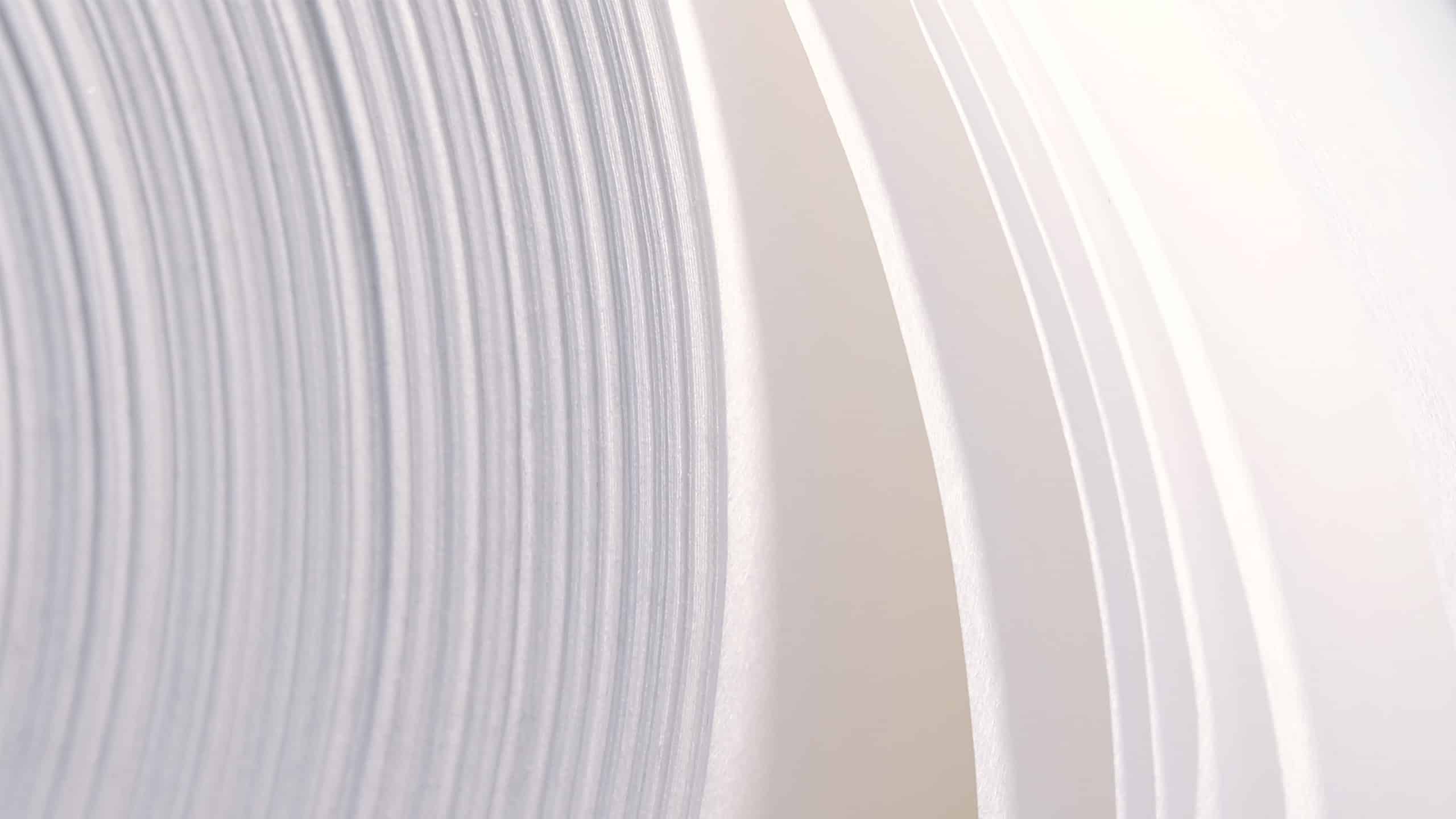How do Paptic bags solve the plastic waste problem?

What makes Paptic bags a sustainable alternative?
Paptic bags are crafted using a unique fibre-based material that seamlessly combines the best characteristics of paper, plastics, and textiles. This innovative approach offers an eco-friendly alternative to traditional packaging. Made primarily from renewable wood fibres, Paptic bags provide exceptional durability, flexibility, and a soft touch, making them superior to conventional plastic bags. Unlike other fibre-based materials, Paptic’s solution is designed to be recyclable and reusable, setting a new standard for sustainable packaging. Our materials are silent in use, providing a more pleasant experience compared to crinkly plastic bags. This combination of features makes Paptic bags a preferred choice for those seeking to minimize their environmental footprint while maintaining practicality and aesthetics in their packaging.
How does the production of Paptic bags impact the environment?
The production of Paptic bags emphasizes sustainability and responsible forestry practices. Our materials are sourced from sustainably managed forests, aligning with the principles outlined by the Confederation of European Paper Industries (CEPI). This ensures that the production process not only protects the environment but also supports biodiversity and forest regeneration. By using renewable resources and energy-efficient manufacturing processes, Paptic minimizes its carbon footprint. Unlike plastic production, which often relies on fossil fuels, our approach contributes to reducing greenhouse gas emissions. This commitment to sustainability is further enhanced by our continuous efforts to optimize production efficiency and resource utilization.
What are the recycling options for Paptic bags?
Paptic bags are designed with recyclability in mind, aligning with European recycling standards and practices. The infrastructure for recycling fibre-based materials is well-established across Europe, allowing consumers to easily recycle Paptic bags through existing paper recycling streams. Our materials are compatible with paper recycling systems, ensuring that they can be efficiently processed and repurposed into new products. This not only reduces waste but also supports a circular economy, where materials are reused and recycled rather than discarded. By choosing Paptic bags, consumers and businesses contribute to more sustainable waste management practices.
How do Paptic bags contribute to reducing plastic waste?
Paptic bags play a significant role in mitigating plastic pollution by providing a viable alternative to single-use plastic bags. According to the European Environment Agency, plastic waste is a growing concern, with millions of tons entering our oceans annually. By replacing plastic with Paptic’s fibre-based solutions, we can significantly reduce the volume of plastic waste. Studies have shown that switching to reusable and recyclable materials like Paptic can significantly decrease the demand for single-use plastics, thereby reducing the environmental impact of packaging waste. This shift not only benefits ecosystems but also aligns with global efforts to curb plastic pollution and promote sustainability.
What are the consumer perceptions of Paptic bags?
Consumer perceptions of Paptic bags are generally positive, as more individuals and businesses recognize the importance of sustainable packaging solutions. Surveys and market studies indicate a growing preference for eco-friendly products, with Paptic bags often highlighted for their unique combination of sustainability, durability, and user experience. As awareness of environmental issues increases, consumers are actively seeking alternatives to plastic, and Paptic bags provide a compelling option. The soft texture and silent nature of our bags enhance user satisfaction, while their recyclability and reusability appeal to environmentally conscious shoppers. This positive feedback reinforces the potential for Paptic bags to gain further acceptance in the market.
What are the economic implications of switching to Paptic bags?
Switching to Paptic bags presents several economic benefits for both businesses and consumers. While the initial cost may be higher than conventional plastic bags, the long-term savings associated with reusable and durable packaging can outweigh the upfront investment. Businesses can reduce waste management costs and improve their sustainability credentials, potentially attracting environmentally conscious customers. Moreover, the transition to sustainable materials aligns with evolving environmental packaging regulations, which increasingly favor eco-friendly solutions. By adopting Paptic bags, companies can not only comply with these regulations but also benefit from potential incentives and support for sustainable practices. Overall, the economic implications of using Paptic bags are positive, offering both cost-effectiveness and alignment with environmental goals.
